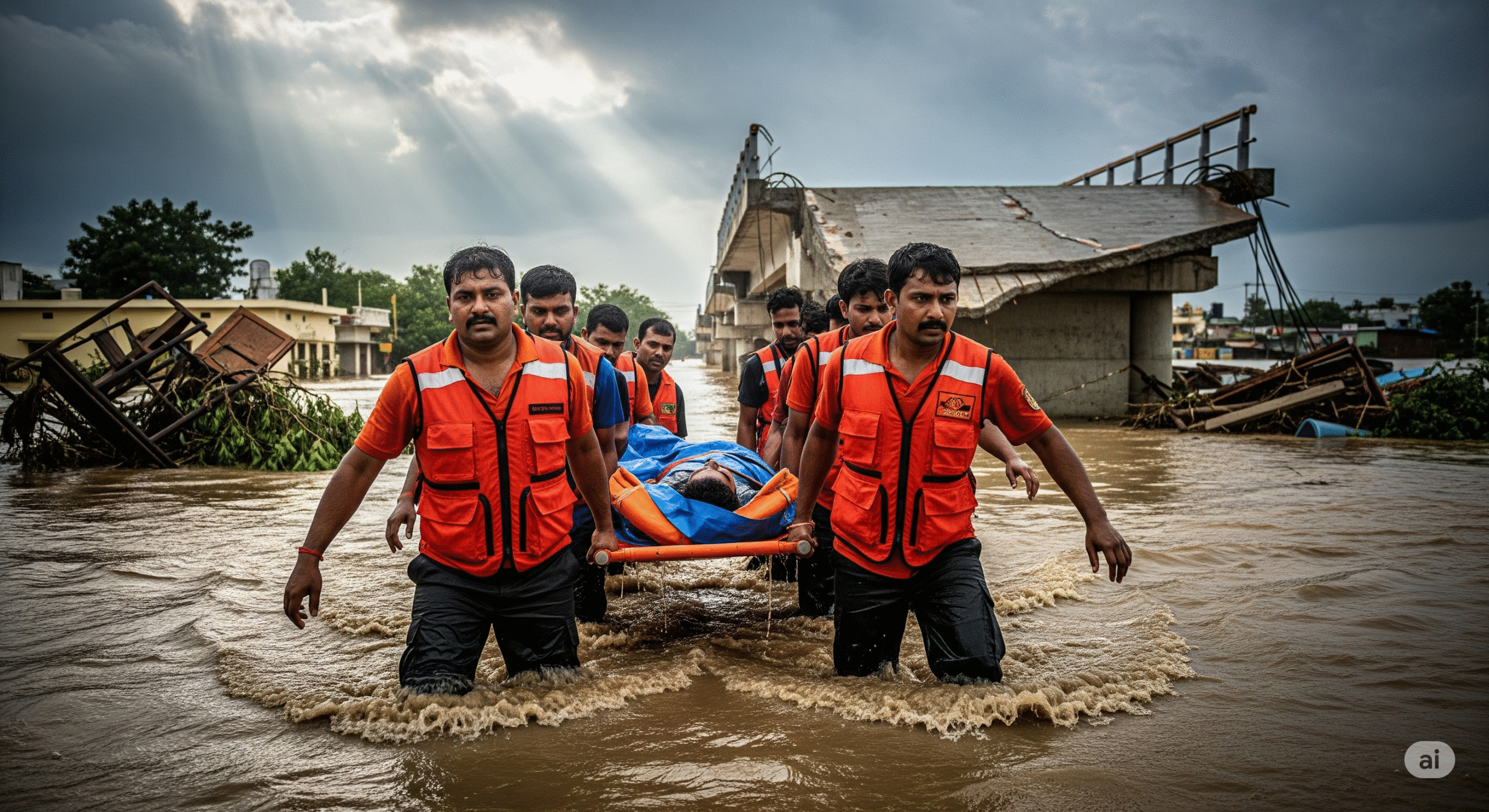The annual monsoon season in India is vital for agriculture and replenishing water sources, but this year it has brought unprecedented devastation to the state of Himachal Pradesh. Relentless and intense rainfall has triggered catastrophic flash floods and landslides, resulting in the tragic loss of at least 257 lives, with fears that this number could still rise as rescue efforts continue.
The sheer volume of rainfall has overwhelmed rivers and drainage systems, causing widespread flooding that has swept away homes, businesses, and vital infrastructure. Roads have been rendered impassable by landslides, isolating entire communities and making it incredibly challenging for emergency services to reach those in need. The visual scenes emerging from the affected areas are heartbreaking, with homes submerged, bridges collapsed, and landscapes scarred by the force of nature.
Local authorities and national disaster response teams are working tirelessly against the clock to rescue stranded individuals and provide aid to the thousands who have been displaced from their homes. The challenging terrain and unpredictable weather conditions are making the rescue operations even more difficult. Stories of bravery and resilience are emerging from the affected communities, with neighbors helping neighbors and volunteers working around the clock to provide food, shelter, and comfort to those who have lost everything.
The scale of the disaster is immense, and the long-term impact on the region is likely to be significant. Beyond the immediate loss of life and homes, the floods have also severely damaged agricultural land, raising concerns about food security and the livelihoods of farmers. Infrastructure damage, including roads, bridges, and power lines, will require substantial time and resources to repair, hindering the recovery process.
This extreme weather event has once again highlighted the increasing vulnerability of the region to the impacts of climate change. While the monsoon is a natural phenomenon, experts suggest that changing weather patterns are leading to more intense and erratic rainfall, increasing the risk of such devastating floods and landslides. There is a growing urgency for better disaster preparedness, improved early warning systems, and sustainable development practices in vulnerable areas to mitigate the impact of future extreme weather events.
As the rescue efforts continue and the long road to recovery begins, the focus remains on providing immediate relief to those affected and supporting the communities as they rebuild their lives. The tragedy in Himachal Pradesh serves as a stark reminder of the power of nature and the critical need for collective action to address the challenges posed by a changing climate.

